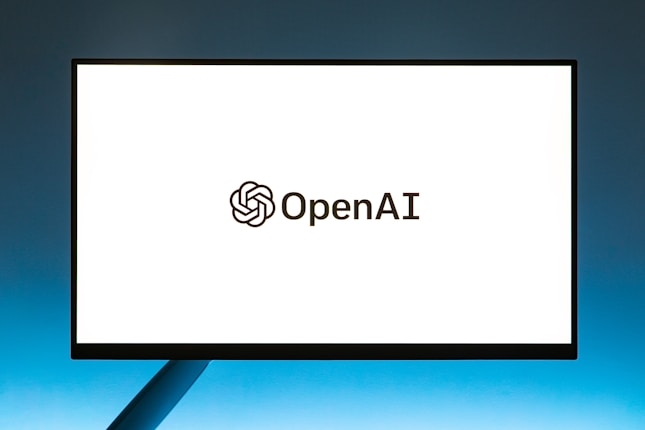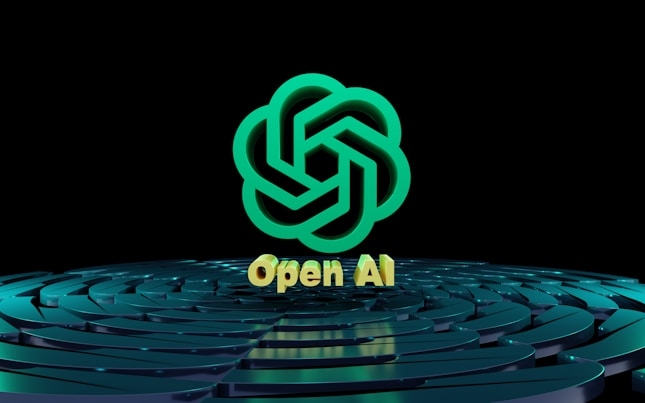NextJs: The Ultimate Guide to Latest Features in 2024
If you’re passionate about web development, the term NextJs is probably already on your radar. As a software engineering company at DevFlow in Karachi, we’ve seen NextJs transform how modern apps are built and deployed. Whether you’re a seasoned developer or a business owner exploring robust frameworks, understanding what makes NextJs the go-to choice is essential. In this blog, I’ll walk you through the latest NextJs features, its core benefits, and why it’s the smart move for your next project.
The Power of NextJs: Why It’s Leading the Pack
NextJs stands out as a React-based framework that focuses on performance, scalability, and developer experience. Its popularity has soared thanks to a unique combination of server-side rendering (SSR), static site generation (SSG), and easy API integration. At DevFlow, we’ve seen firsthand how NextJs empowers clients to deliver lightning-fast, SEO-optimized applications online.

Latest NextJs Features You Need to Know
Let’s dive into what’s new and exciting in NextJs for 2024:
1. App Router — The Next Generation of Routing in NextJs
The new App Router in NextJs offers unparalleled flexibility. It supports layouts, nested routing, and effortless data fetching. This makes building complex and scalable apps a breeze, especially for businesses like DevFlow serving customers online.
2. React Server Components in NextJs
NextJs now supports React Server Components, enabling you to split your UI between client and server. This means faster load times and reduced JavaScript bundles—great for user experience and SEO.
3. Enhanced Image Optimization in NextJs
The built-in Image component in NextJs has been improved for 2024. It automatically chooses the best image size and format for each device, helping your site load faster and look sharper. For companies like DevFlow, this ensures that product images and portfolios look stunning, no matter where your customers are located.

4. Middleware and Edge Functions in NextJs
NextJs now offers powerful middleware and edge functions, allowing you to run custom logic closer to your users. Think authentication, redirects, or personalization—all happening in milliseconds. This is a game-changer for online products and services.
5. Built-in SEO and Analytics in NextJs
NextJs continues to dominate in SEO. With built-in metadata management, advanced routing, and performance analytics, you can ensure your site ranks higher and loads faster. At DevFlow, we help our clients leverage these features for better search visibility and user engagement.
Why Businesses Choose NextJs for Online Products
Operating from Karachi, DevFlow serves clients worldwide with cutting-edge products. NextJs is our top pick for:
- Fast, secure, and scalable web apps
- Superior SEO out-of-the-box
- Easy integration with modern APIs and headless CMSs
- Seamless deployment on platforms like Vercel
If you’re looking to launch or upgrade your digital products, NextJs is simply the best toolkit out there.
Get Started with NextJs at DevFlow
Ready to harness the power of NextJs? Contact DevFlow today to see how our software engineering experts can bring your ideas to life with the latest NextJs features. For more industry insights and tech trends, check out our other blogs and resources on our website.
Whether you need blazing-fast performance, the latest in web technology, or SEO that actually works, NextJs and DevFlow have you covered!


















